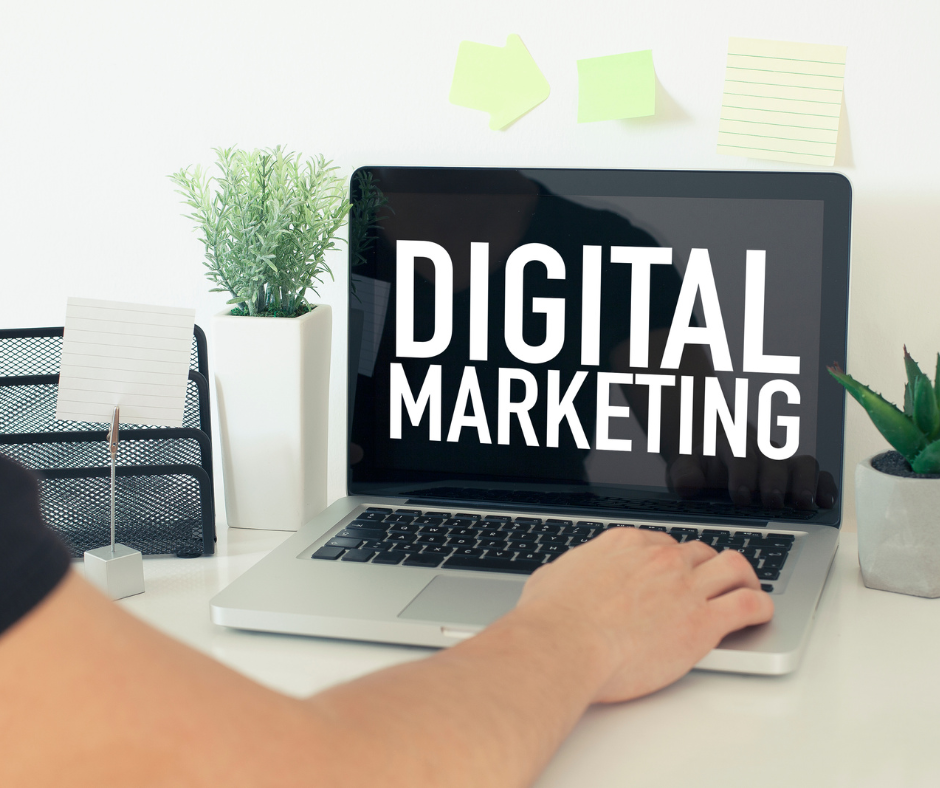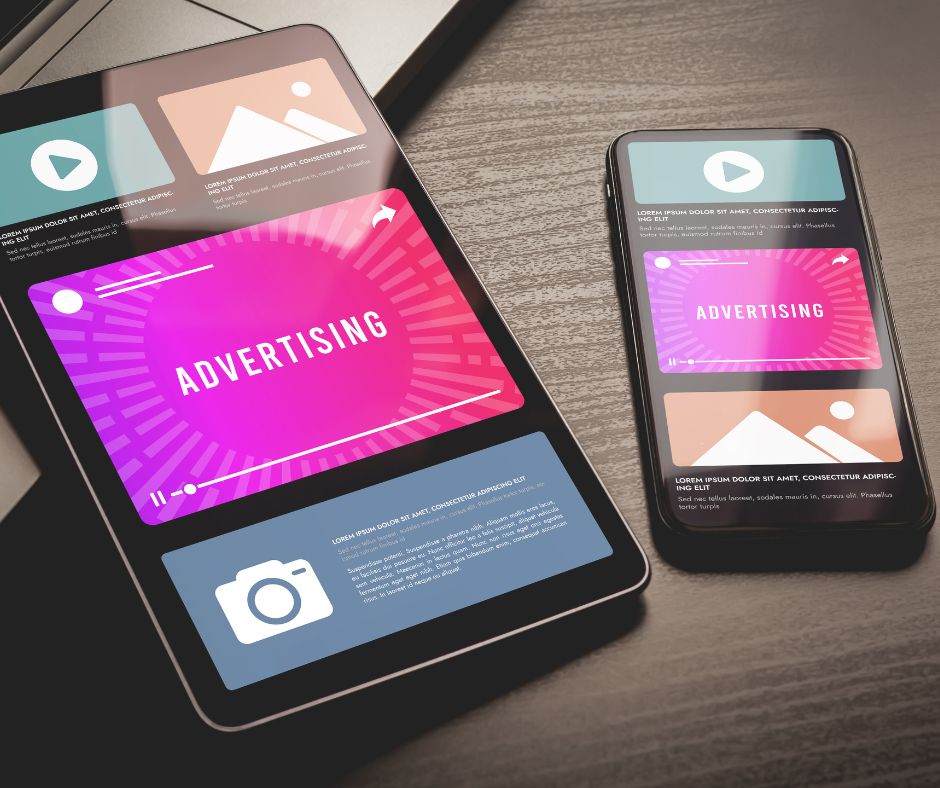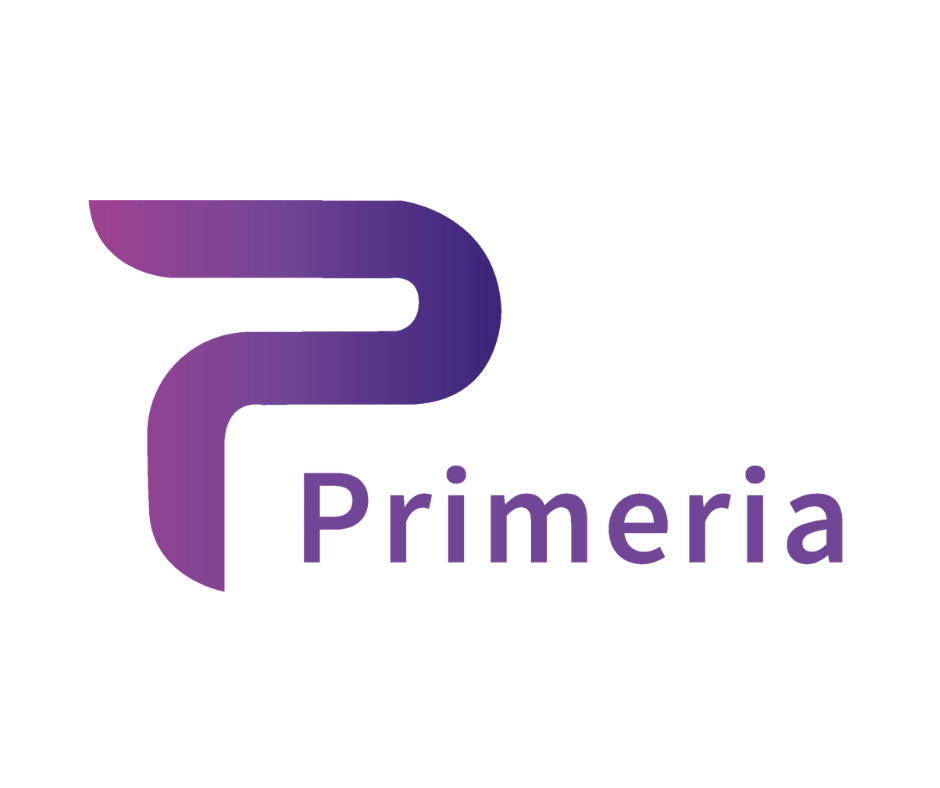
5 Ways to Implement Augmented Reality in Your Marketing Strategy

Today’s decisions are driven by the wants and needs of customers. With technology advancing, brands must keep up to date with these changes. Augmented reality (AR) is an evolving movement in marketing and sales. AR lets brands connect with their customers in an engaging way that blends real and virtual interactive features via mobile devices.
Mobile is one of the most popular channels consumers use to communicate with brands and make purchase decisions. AR gives marketers another tool in their belt when it comes to driving sales and enhancing brand awareness through mobile devices. Let’s take a look at 5 ways to use AR within your marketing strategy.
1. Consumers can try before they purchase
Prospective consumers want to try products before buying them. Fitting rooms, beauty samples, vehicle test drives and many other related models testify to the success of this sales approach. Augmented shopping experiences are one of the growing trends in retail marketing.
With AR, potential customers can try on makeup, different items of clothing and a variety of home interior design products without needing to directly interact with them. AR removes the need for a substantial physical stock to allow shoppers to sample dozens or even hundreds of items.
Brands have caught onto the AR trend and have began to implement AR in their applications. The beauty industry has embraced augmented reality. Brands like L’Oréal have created an AR experience for their customers to see how makeup and hair colour would look on them digitally. Augmented reality is especially beneficial for online sales strategies including cosmetics, as shoppers almost always need to select a makeup item by modelling it on themselves before purchasing.
2. Augment touring and assistance
Augmented reality gives businesses the potential to add a digital element to their physical locations and products. Consumers can scan a product or object to bring up an AR customised experience to either provide product information or a supplemental brand-related experience.
The element of AR in this form expands to numerous industries and markets. For example, StubHub produced an augmented reality app, which allowed users to look at a 3D model of the stadium where the Super Bowl was played. The app gave fans the opportunity to check the view of the field from different seats to choose the right seat for them.
3. Enhance branding materials
AR takes branding materials like business cards and leaflets to the next level by adding a virtual element. Users scan printed items with their smart phones to access a variety of features giving them more information and ways to engage with the brand.
AR enhanced branding materials help creators add a unique virtual element into the text, increasing engagement and maintaining attention.
For example, a user can scan a leaflet, which will bring up a video showcasing more information about the product/service in a different medium to the static text on the leaflet. Alternatively, a business card can use AR to introduce a range of contact details that allows the user to get in touch with a single click.
4. Create a buzz around the brand
While the previously mentioned AR applications are focused on direct sales strategies, AR can also enhance brand status. If done right, creating a fun unexpected, augmented reality experience can result in a large buzz for a brand. Uber launched a campaign in Zurich, created different AR experiences for their riders which generated more than one million YouTube views.
AR is quite a new trend so a well-designed AR experience will get people talking and create a lasting impression. In a cutthroat market, an augmented reality campaign can be the differentiator that allows a brand to stand out from the crowd.
5. Leverage augmented reality for B2B
AR can transform the B2B customer/vendor experience in many ways. The B2B sales process is a tense tug-of-war process between consumer expectations and the restrictions of what a vendor can deliver. AR can generate major improvements to the entire chain of the sales process.
One of the areas in which AR can improve B2B sales is making dynamic presentation material. The old-fashioned model used to arm salespeople with brochures, leaflets and possibly a PowerPoint presentation. Now a sales team can be equipped with a digital device allowing them to take potential customers into a virtual tour of their products. It’s clear which sales team has the edge. An AR experience gives consumers better insights and all the information they need to make a purchasing decision.
Augmented reality also lets businesses present bespoke products to suit the clients’ needs. This can help fully immerse the client into the design of their products. Augmented reality is much more than just a novelty. Forward thinking companies will implement and improve the experience they offer their customers, leading to increased opportunities and sales. The benefits of augmented reality in marketing are endless.
Do you have a strong marketing strategy in place? Let Primeria get you started by putting together your company’s marketing game plan for reaching consumers and growing your business. Contact us today.
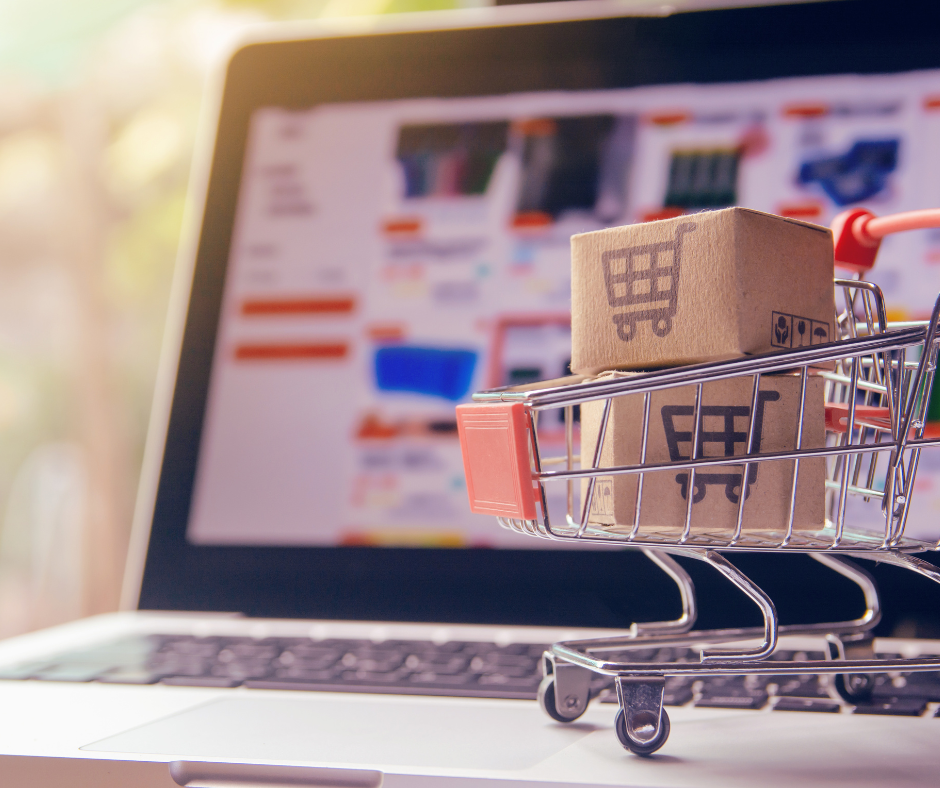



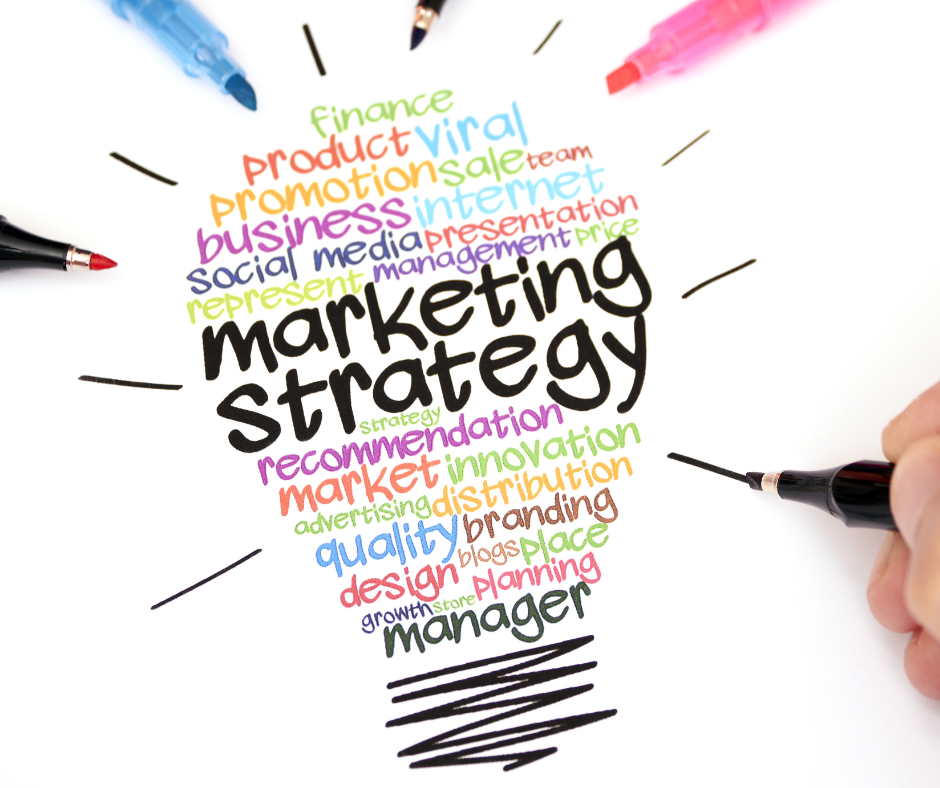
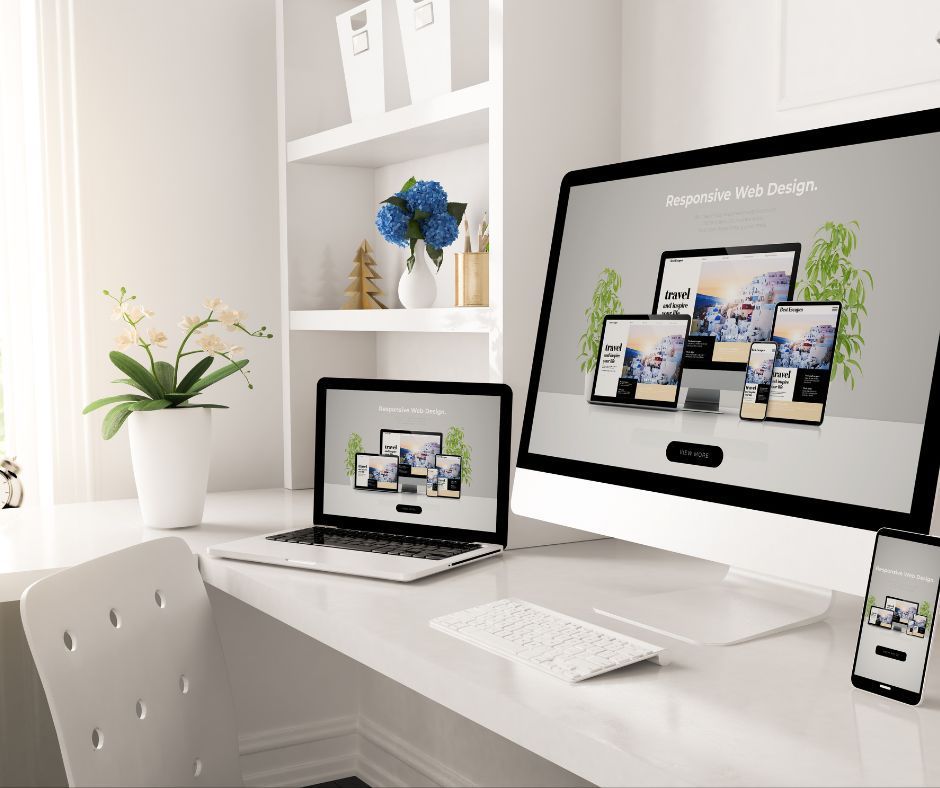
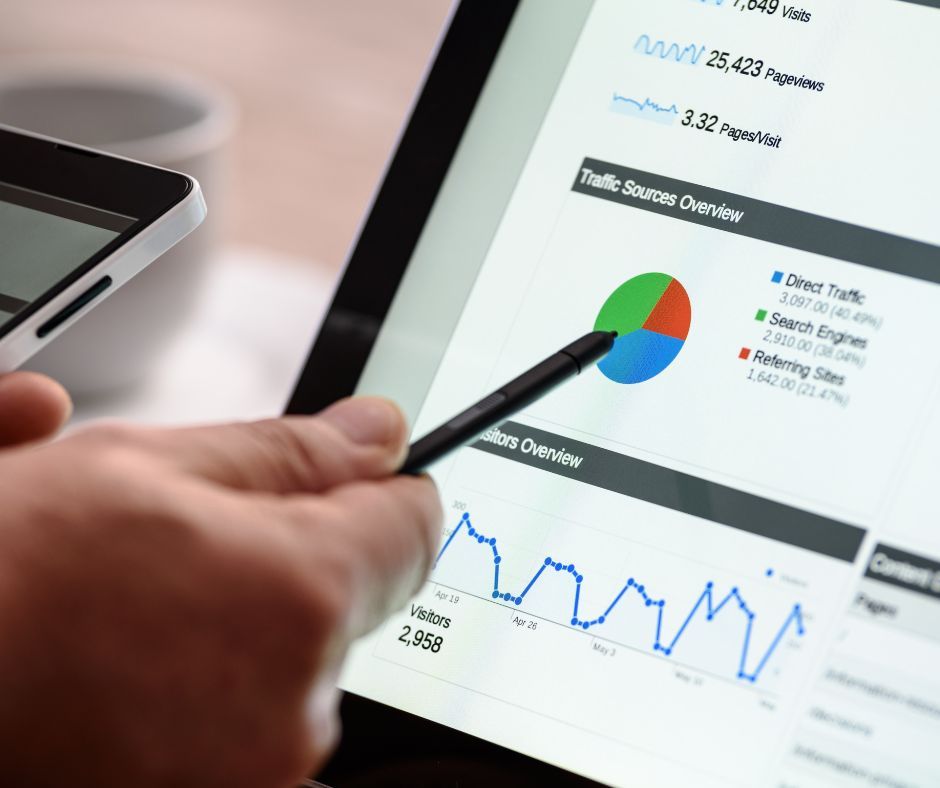
CONTACT US
(+44) 203 989 6007
hello@primeria.global
All Rights Reserved | Primeria
